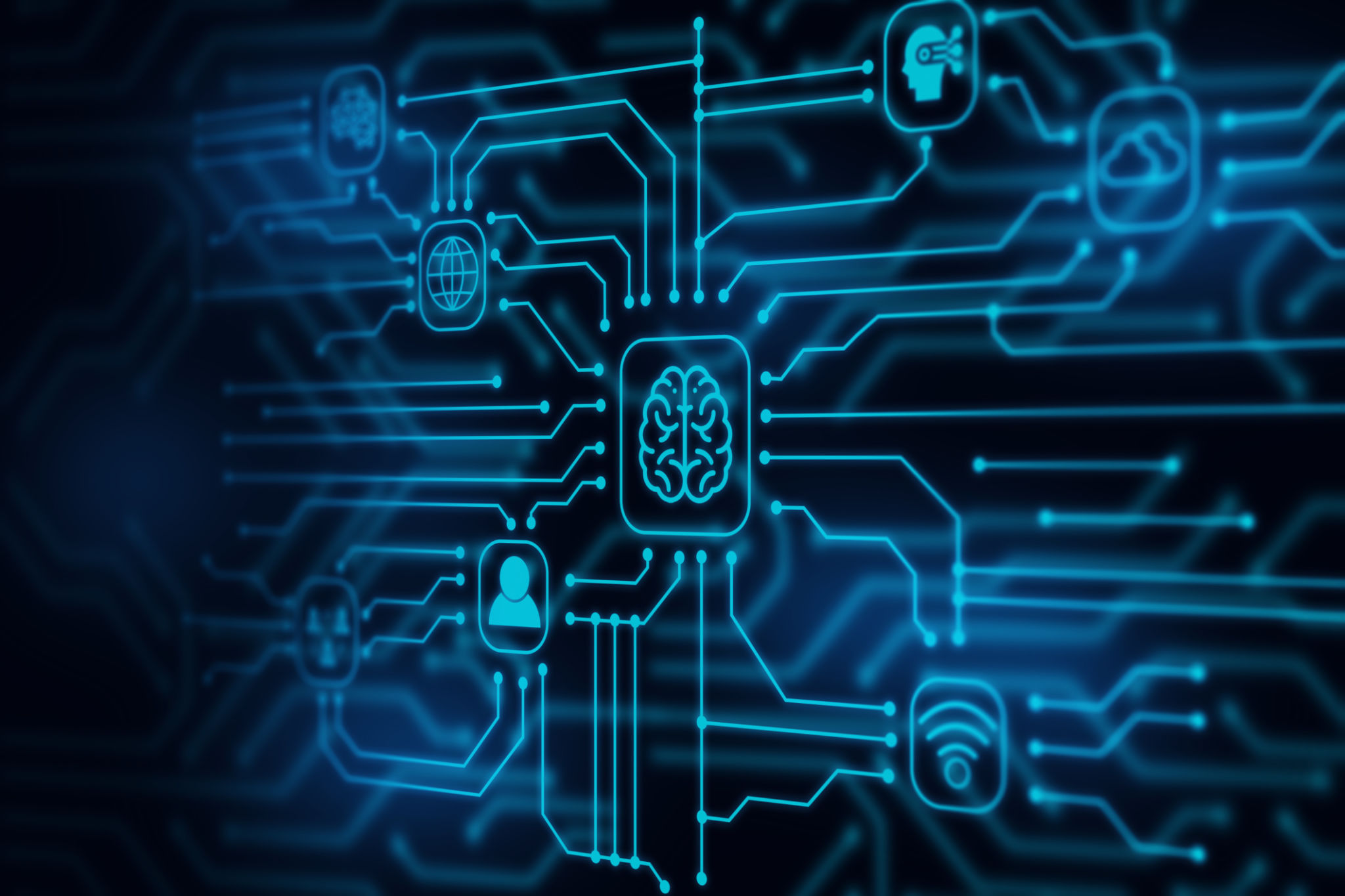Innovative Trends in the USA Railroad Maintenance Industry
Embracing Technology for Efficient Railroad Maintenance
The railroad industry in the USA has long been a cornerstone of transportation and logistics, playing a crucial role in the economy. As technology advances, so too does the approach to maintaining these vital networks. The integration of innovative technologies into railroad maintenance has revolutionized how companies ensure safety, efficiency, and reliability.
One of the most significant developments in recent years is the adoption of predictive maintenance strategies. By utilizing data analytics and sensor technology, railroad companies can now predict potential equipment failures before they occur. This proactive approach not only reduces downtime but also minimizes the costs associated with unexpected repairs.

Emergence of Autonomous Inspection Drones
Drones have become a game-changer in the railroad maintenance industry. Equipped with high-resolution cameras and sensors, drones can conduct detailed inspections of tracks, bridges, and other infrastructure components. This technology allows for more frequent inspections without the need for manual labor, significantly enhancing safety and efficiency.
Furthermore, drones can access hard-to-reach areas that would otherwise be difficult or dangerous for human workers. This capability ensures comprehensive assessments, leading to better-informed maintenance decisions and improved overall infrastructure health.
Advanced Rail Grinding Techniques
Rail grinding is an essential maintenance practice that helps extend the life of tracks by removing irregularities. Recent innovations in grinding technology have introduced more precise and efficient methods. Modern rail grinding machines now use advanced sensors and computer systems to optimize grinding patterns and ensure the smoothest possible rail surfaces.

This improvement not only enhances the quality of the ride but also reduces wear and tear on train wheels, leading to lower maintenance costs for both tracks and trains. These advanced techniques are a testament to how technology continues to drive improvements in the railroad industry.
Implementation of Smart Sensors
Smart sensors are being increasingly used across the rail network to monitor various parameters such as temperature, vibration, and pressure. These sensors provide real-time data, allowing maintenance teams to identify anomalies and address potential issues promptly.
By collecting continuous data, railroads can develop more effective maintenance schedules and prioritize actions based on actual conditions rather than set timelines. This data-driven approach not only enhances safety but also optimizes resource allocation.

Challenges and Future Prospects
While these innovations offer many benefits, they also present challenges such as the need for skilled personnel to operate and maintain new technologies. Training programs are essential to bridge this gap and ensure that the workforce is equipped with the necessary skills.
Looking ahead, the integration of artificial intelligence and machine learning holds promise for even more sophisticated predictive models and automation in railroad maintenance. As these technologies continue to evolve, they will undoubtedly play a critical role in shaping the future of the industry.
